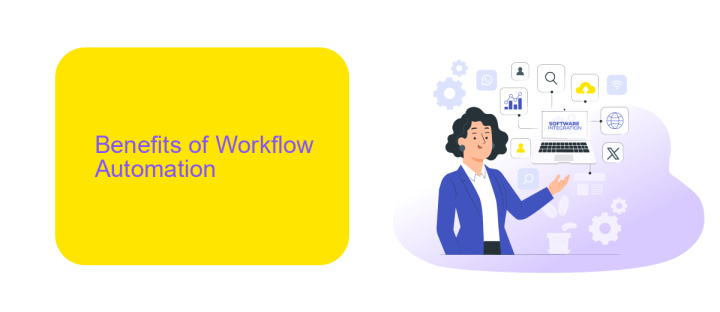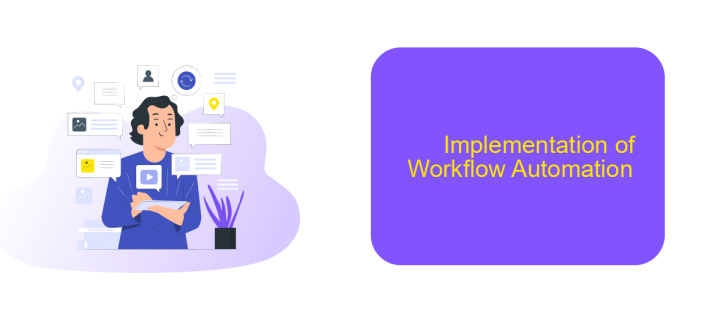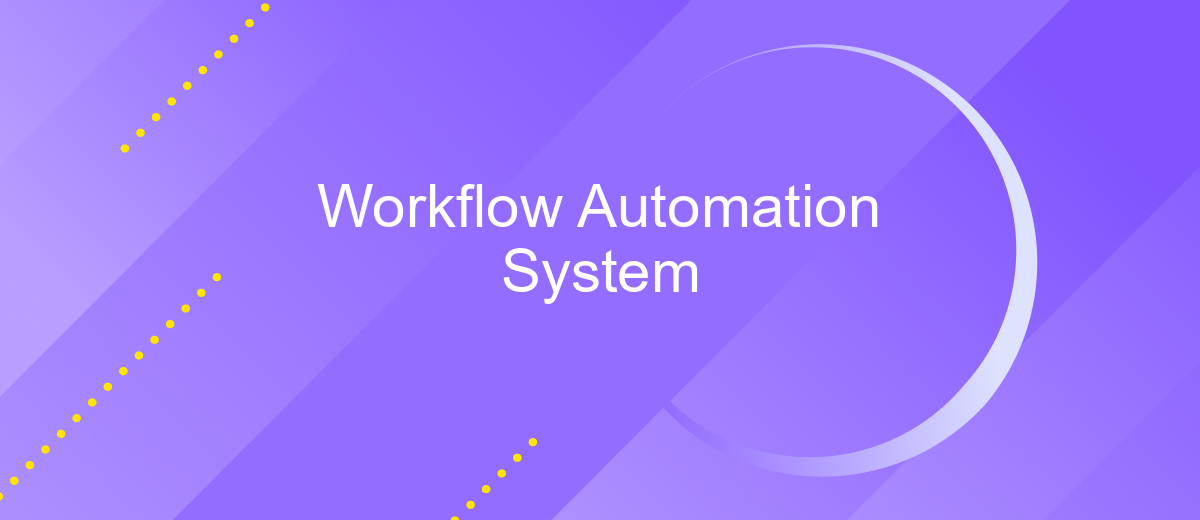Workflow Automation System
A Workflow Automation System streamlines and automates repetitive tasks, enhancing efficiency and productivity within an organization. By minimizing human intervention and reducing errors, it allows employees to focus on more strategic activities. This article explores the key features, benefits, and implementation strategies of workflow automation systems, offering insights into how they can transform business processes and drive operational excellence.
Introduction
Workflow automation systems have revolutionized the way businesses operate by streamlining processes and reducing manual efforts. These systems help organizations optimize their workflows, resulting in increased efficiency and productivity. By automating repetitive tasks, employees can focus on more strategic activities, ultimately driving business growth.
- Enhanced efficiency through task automation
- Reduction in human errors
- Improved resource management
- Seamless integration with existing tools
One of the key components of a successful workflow automation system is its ability to integrate with various applications and services. Tools like ApiX-Drive facilitate these integrations by providing a user-friendly interface to connect different software solutions. This not only simplifies the setup process but also ensures that data flows seamlessly across platforms, enabling businesses to maintain a cohesive and efficient workflow.
Benefits of Workflow Automation

Implementing a workflow automation system offers numerous advantages for businesses of all sizes. One of the primary benefits is increased efficiency. By automating repetitive tasks, employees can focus on more strategic activities that require human intervention. This not only accelerates processes but also reduces the likelihood of errors, ensuring a higher level of accuracy in daily operations. Additionally, workflow automation can lead to significant cost savings by minimizing the need for manual labor and reducing operational overheads.
Another key advantage is improved collaboration and communication within teams. Automated workflows ensure that all team members are on the same page, with real-time updates and notifications keeping everyone informed of project statuses. For businesses looking to integrate various tools and services seamlessly, platforms like ApiX-Drive can be particularly beneficial. ApiX-Drive enables easy integration of different applications, streamlining data flow and enhancing overall productivity. This results in a more cohesive and efficient work environment, ultimately driving better business outcomes.
Types of Workflow Automation

Workflow automation systems streamline and optimize business processes, enhancing efficiency and reducing manual intervention. There are several types of workflow automation that organizations can implement to achieve these goals.
- Rule-Based Automation: This type uses predefined rules and conditions to automate tasks. It is ideal for repetitive tasks with predictable outcomes.
- Robotic Process Automation (RPA): RPA employs software robots to mimic human actions, such as data entry and transaction processing, across multiple systems.
- Integration Automation: Tools like ApiX-Drive facilitate seamless integration between different applications and services, allowing for automated data transfer and synchronization.
- Artificial Intelligence (AI) Automation: AI-driven automation leverages machine learning algorithms to make intelligent decisions and predictions, enhancing the automation of complex processes.
Each type of workflow automation offers unique benefits and can be tailored to meet specific organizational needs. By leveraging these automation types, businesses can significantly improve productivity, accuracy, and overall operational efficiency.
Implementation of Workflow Automation

Implementing a Workflow Automation System involves several crucial steps to ensure seamless integration and efficient operation. The initial phase requires a thorough analysis of current workflows to identify repetitive tasks and bottlenecks. This analysis helps in understanding which processes can benefit the most from automation.
Once the analysis is complete, the next step is to choose the right tools and platforms that align with the organization's needs. Selecting a robust workflow automation tool is essential for successful implementation. Tools like ApiX-Drive can facilitate easy integration with various services, streamlining data transfer and communication between different applications.
- Analyze existing workflows
- Select appropriate automation tools
- Integrate chosen tools with existing systems
- Test the automated workflows
- Train employees on the new system
After the integration, it is crucial to conduct thorough testing to ensure that the automated workflows function as intended. Training employees on the new system is also vital for smooth adoption. Continuous monitoring and optimization will help in maintaining efficiency and addressing any issues that may arise.
Challenges and Considerations
Implementing a workflow automation system presents several challenges and considerations. One of the primary challenges is ensuring seamless integration with existing tools and platforms. This often requires custom API development and thorough testing to avoid disruptions in current operations. Additionally, data security and compliance with regulations such as GDPR are critical concerns, necessitating robust encryption and access control measures.
Another important consideration is user adoption and training. Employees need to be adequately trained to utilize the new system effectively, which can be time-consuming and resource-intensive. Services like ApiX-Drive can facilitate the integration process by offering pre-built connectors and automation solutions, reducing the technical burden on in-house teams. Moreover, continuous monitoring and optimization are essential to address any issues promptly and to adapt the system to evolving business needs.
FAQ
What is a Workflow Automation System?
How can Workflow Automation Systems improve business operations?
What types of tasks can be automated using a Workflow Automation System?
How can I integrate different software applications using a Workflow Automation System?
Is it difficult to set up a Workflow Automation System?
Time is the most valuable resource in today's business realities. By eliminating the routine from work processes, you will get more opportunities to implement the most daring plans and ideas. Choose – you can continue to waste time, money and nerves on inefficient solutions, or you can use ApiX-Drive, automating work processes and achieving results with minimal investment of money, effort and human resources.

